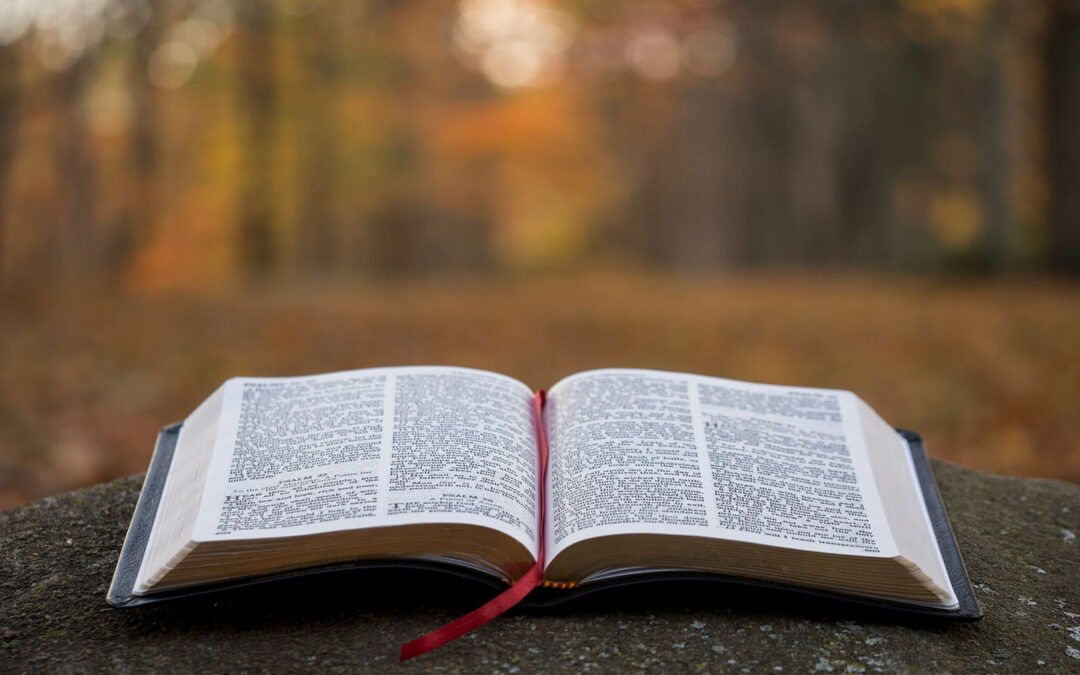What a time to be alive! Imagine hearing the stories of your ancestors under the Old Covenant. These were the ones who were spectacularly delivered from the oppressive hands of the Egyptians with mighty signs and wonders, who walked across the Red Sea, and were redeemed by the outstretched arm of the LORD while their enemies were plunged under the all-consuming waters of death. Those same relatives disobeyed the LORD and, as a result, dramatically died in the wilderness for their sin. They never saw the land of promise with their own eyes. But God (two of the most beautiful words in Scripture!) was—and is—merciful and gracious, slow to anger, and abounding in steadfast love and faithfulness (Exodus 34:6).
And now you, like your ancestors, find yourself in a similar situation. You are crossing the waters again, in spectacular exodus-like fashion, to finally take possession of the land. God is fulfilling the long-anticipated promises to Abraham. And as you go home for the first time, God gives you instructions:
When all the nation had finished passing over the Jordan, the LORD said to Joshua, “Take twelve men from the people, from each tribe a man, and command them, saying, ‘Take twelve stones from here out of the midst of the Jordan, from the very place where the priests’ feet stood firmly, and bring them over with you and lay them down in the place where you lodge tonight.’” Then Joshua called the twelve men from the people of Israel, whom he had appointed, a man from each tribe. And Joshua said to them, “Pass on before the ark of the LORD your God into the midst of the Jordan, and take up each of you a stone upon his shoulder, according to the number of the tribes of the people of Israel, that this may be a sign among you. When your children ask in time to come, ‘What do those stones mean to you?’ then you shall tell them that the waters of the Jordan were cut off before the ark of the covenant of the LORD. When it passed over the Jordan, the waters of the Jordan were cut off. So these stones shall be to the people of Israel a memorial forever” (Joshua 4:1-7).
What an event. What a sign. What a God.
But if you’re like me, you might ask, “What about us? What about our salvation? What is our sign?” Well, there is far better news for us—in fact, it is so good that stones of remembrance seem like mere shadows compared to what God has done in the new covenant. He has not merely delivered us from earthly enemies like Pharaoh, but from our greatest enemies of sin, Satan, and death. And he has not merely sent little judges and saviors to deliver us from our temporary problems, but he sent himself in the person of his Son to take upon himself our humanity and sin in order to save us from our greatest problem: eternal punishment and separation from him. Indeed, in Christ, God has made a way for us to be reconciled to himself by becoming our perfect, sin-bearing, wrath-satisfying, sin-destroying, Satan-and-death-defeating Redeemer. Hallelujah, what a Savior!
And the sign we receive? God gives us two greater displays of what he has done for his people, instituted by Jesus and regularly practiced since the church’s birth: baptism and the Lord’s Supper. In these ordinances, we vividly see what God decisively accomplished in Christ. In the waters of baptism, a believer is immersed into the waters of judgment and death, only to emerge alive and cleansed in Jesus Christ—a visible and physical sign of an invisible and spiritual change. It is the believer’s visible entrance in the church, gladly received by her members. But not only do we have baptism, Jesus also gives his church the Lord’s Supper. This meal, as we take it together, reminds us of the broken body and shed blood of the spotless Lamb given for us. He spiritually nourishes and satisfies as we feast on the riches of the gospel. In the Supper, we look back with gratitude to Jesus and his finished work on the cross (1 Cor 11:24). We also look around with love for our siblings in Christ with whom we share the Supper. It is something we do as we come together (v. 17), which is why it’s significant that we share this meal together, as a gathered church, and not individually. Sharing the one bread together is a sign of our unity (1 Cor 10:17). Finally, we look up and forward to the resurrected and ascended Christ, to the day when he will return for his people (1 Cor. 11:26) and gather them for that great banquet, the marriage supper of the Lamb, when we will hear:
“Hallelujah!
For the Lord our God
the Almighty reigns.
Let us rejoice and exult
and give him the glory,
for the marriage of the Lamb has come,
and his Bride has made herself ready;
it was granted her to clothe herself
with fine linen, bright and pure”—
for the fine linen is the righteous deeds of the saints (Rev 19:6-8).
As my friend used to say, “The church does not have a drama ministry, because God has given his church the drama ministry in baptism and the Lord’s Supper.” These two ordinances vividly dramatize the gospel, and through them brothers and sisters feed on gospel of Jesus Christ and commit to receive and watch over one another as those who have been united to Jesus and joined his body, the church, “until he comes” (1 Cor 11:26).
What events. What signs. What a God and Savior.
A final word to parents of children: When your children ask in time to come, “What do these signs mean to you?” then you shall tell them. The waters display that by faith you have died to sin and been made alive in Christ; and the Supper means that Christ has provided all we need through his sacrificial death and triumphant resurrection. And then invite them to receive by faith those good gifts given by a great and mighty Savior.



